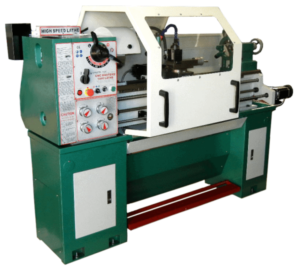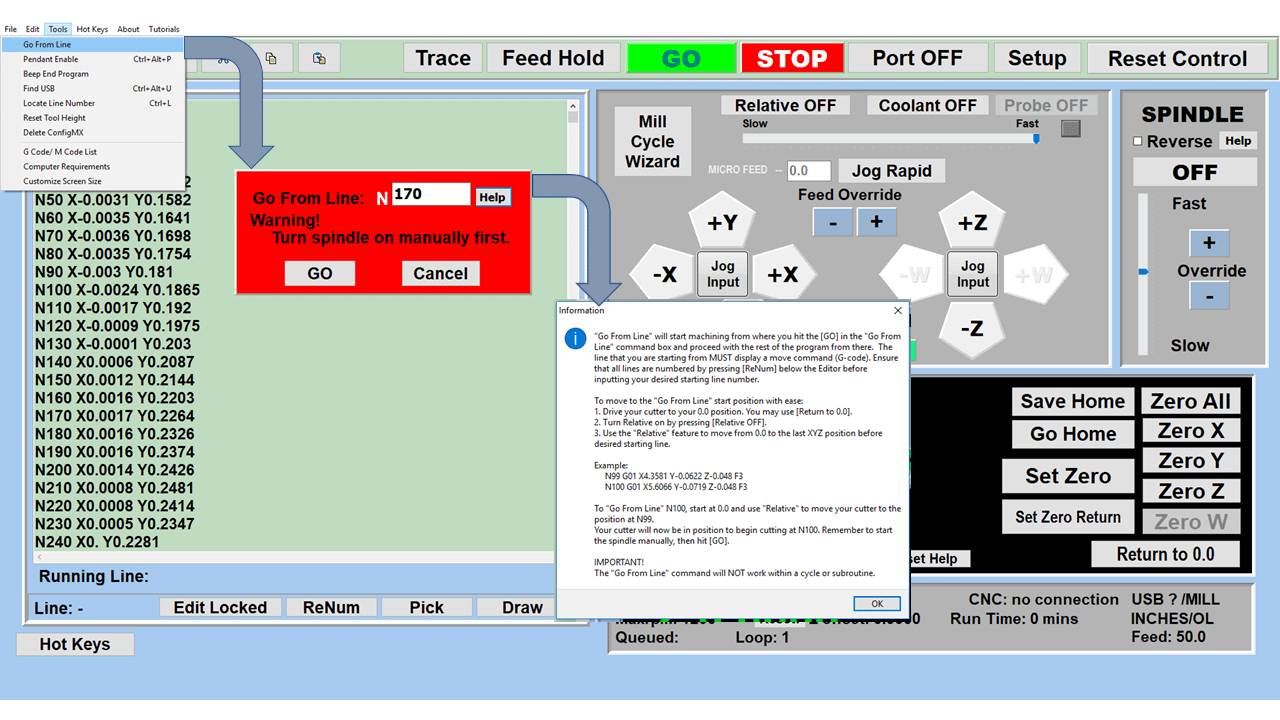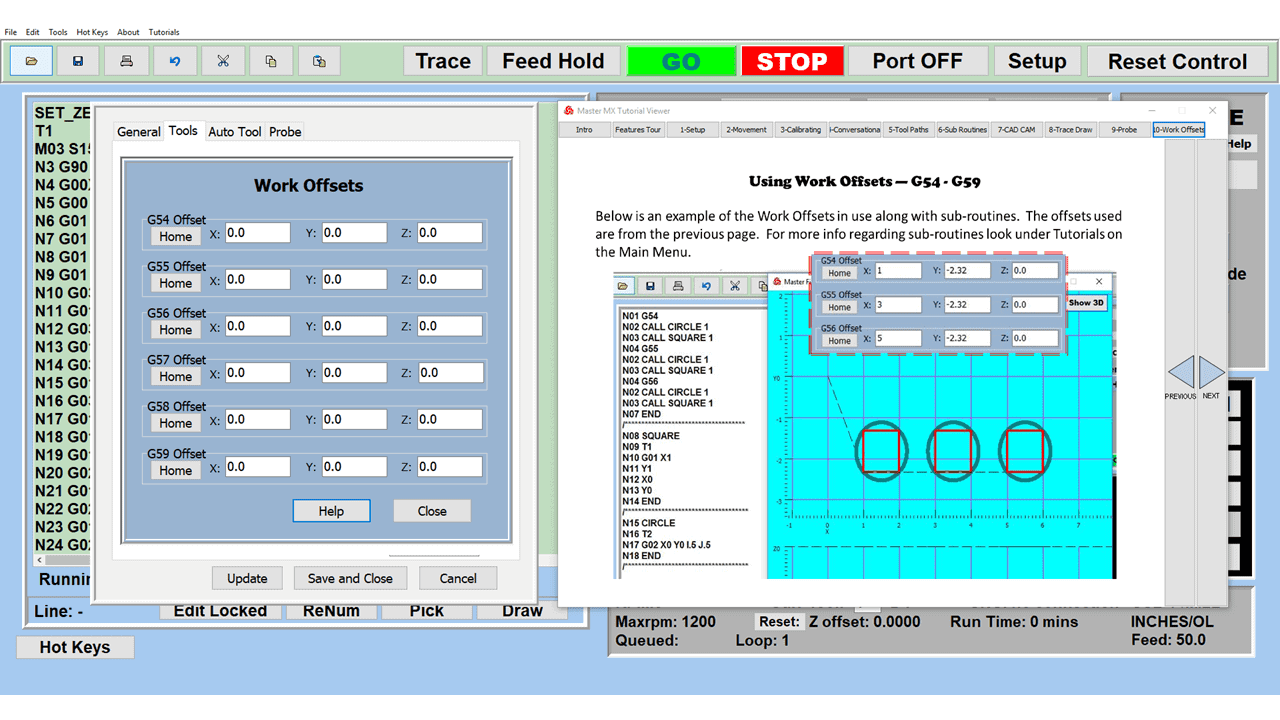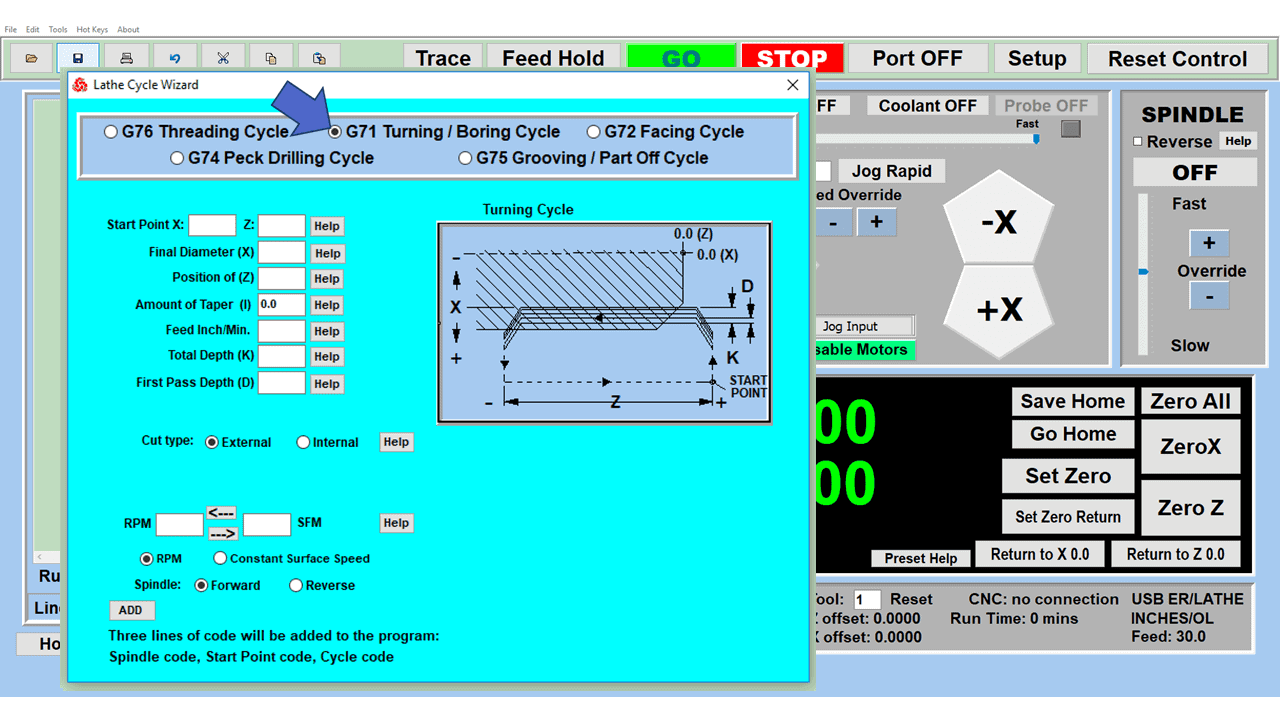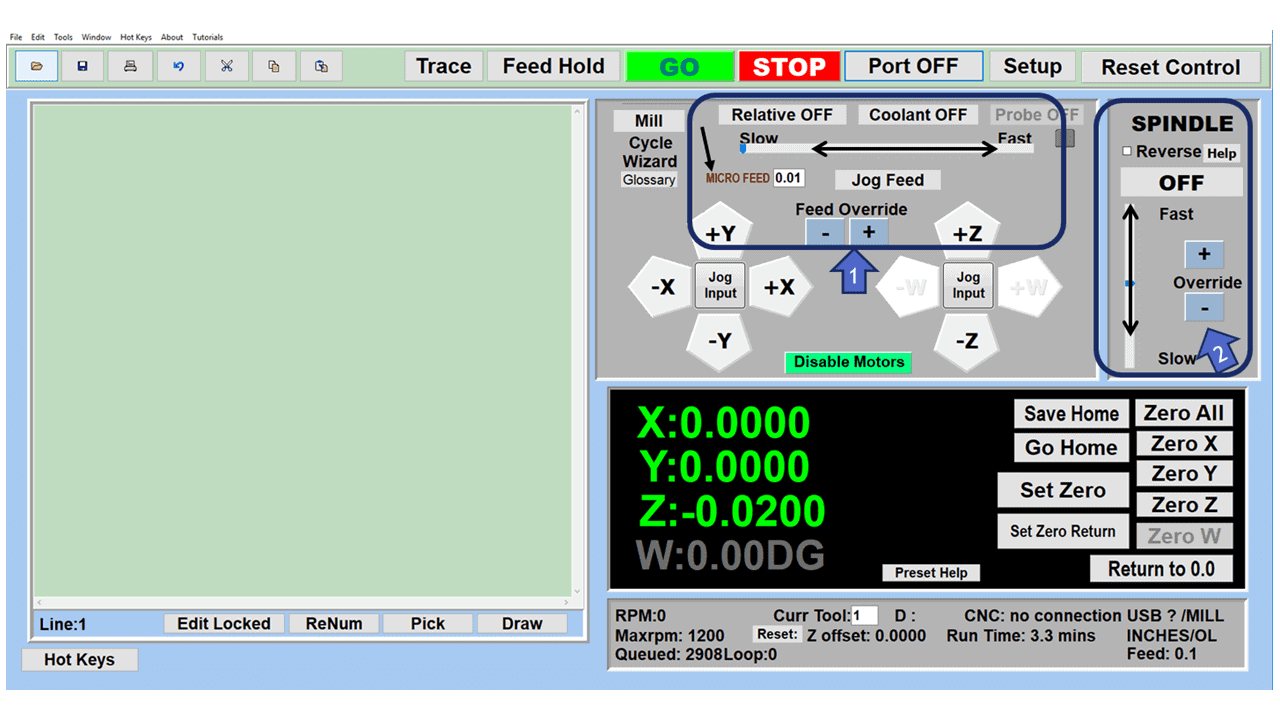Milling bits, also known as milling cutters, are tools used in manual and CNC machines for cutting into materials like metal, plastic, or wood. They spin around and shave off parts of the material to shape it or create holes. They come in different shapes and sizes, with different uses. Some are made for general cutting, while others are for certain jobs like making smooth surfaces or detailed patterns.
The shank is attached to a machine that moves the bit against the material. Unlike drill bits, milling bits are used for more than just creating holes. You can use different kinds of milling bits to do different jobs, like cutting grooves, shaping the edges of a piece, or drilling holes.
The type of bit you choose depends on what you need to make. If you want to cut a slot, you use one type of bit, but if you want to make a 3D shape, you use another kind. These tools are important in making all sorts of things, from simple parts to complex items used in cars and airplanes.
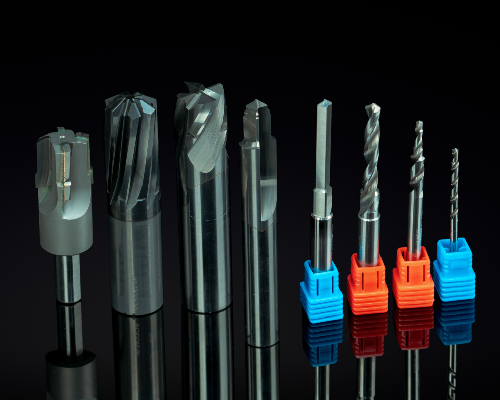 Materials
Materials
High-speed steel (HSS) is among the most common bit materials because it stays hard even when hot, making it good for cutting at high speeds. It’s a great choice for softer materials and is quite affordable.
Carbide, or Tungsten Carbide, is much harder than HSS and keeps its sharp edge longer. This makes it perfect for cutting tougher materials like stainless steel, especially at high speeds. Sometimes, milling bits have just the cutting part made of carbide, with the rest being steel. Carbide end mills are made of solid carbide and have a longer tool life than other types.
Cobalt Steel Alloys, or HSS-Co, have cobalt mixed in, making them harder and more heat-resistant than regular HSS. This makes them good for tough materials and high-speed use where normal HSS would wear out too quickly.
Diamond-coated bits are used for very hard or abrasive materials. Since diamond is extremely hard, these bits are very durable. Ceramic milling cutters are another option for hard materials, especially at high speeds. They can handle high temperatures well but can be brittle.
Tool Steel is less common but is used for specific situations where its properties are needed. Additionally, many milling bits are coated with materials like Titanium Nitride (TiN) to make them last longer and perform better. The choice of material for a milling bit really depends on what you need to do with it, including the type of material you’re cutting, how fast you need to cut, and how long you want the bit to last.
 The List of Milling Bits
The List of Milling Bits
Flat End Mill bits are commonly used for their versatility in milling. They are best for making slots, cutting edges, and general purpose jobs. The flat end design provides a smooth finish on the milled surface and is great for cutting straight edges. These bits are a staple in many workshops due to their effectiveness in a wide range of materials. They’re commonly used by mill drills.
Square End Mills have a flat end and sharp edges and are primarily used for making slots, grooves, and flat surfaces in a workpiece.
Ball End Mills have a rounded end, making them ideal for 3D contour work. They are often used in mold making and producing curved surfaces. The rounded tip minimizes chipping and provides a smooth finish, especially on complex profiles and contours.
Corner Radius End Mill combines the benefits of flat end and ball nose end mills. The slightly rounded corners enhance the strength and durability of the tool, reducing chipping and wear. This type of bit is perfect for milling precise, rounded edges and is often used in die and mold making.
Roughing End Mills, also known as hog mills, are made for rapidly removing a large amount of material. They use a unique design with serrations that break up chips and reduce clogging. This makes them ideal for initial roughing work before finishing, especially in applications involving tough materials.
Face Mills are used for machining flat surfaces. They use multiple inserts around their circumference, allowing for efficient and fast material removal. Indexable face mills are typically used in milling large parts and provide a high-quality surface finish.
Slab Mills are similar to face mills but are designed for cutting wider surfaces. They are particularly useful in heavy-duty milling operations where a substantial amount of material needs to be removed. Slab mills are great for machining large and broad parts quickly.
Fly Cutters consist of one or two cutting tools mounted in a rotating head, offering a cost-effective way to achieve a high-quality surface finish. They are perfect for light milling and finishing work, especially on large, flat surfaces.
Hollow Mills are unique in their ability to create cylindrical components or pipes. They have a hollow cutting head and are used primarily for turning operations on a milling machine. These bits are particularly useful in the production of precision tubes and hollow shafts.
Thread Mills are specialized milling bits designed to create threads in a workpiece. They offer greater flexibility than traditional tapping methods and are used for internal and external threading. Thread mills are ideal for producing high-precision threads in a variety of materials.
Shell Mills are similar to face mills but usually have a smaller diameter. They are used for finishing operations and provide a high-quality surface finish. Shell mills are particularly useful in milling operations where a smooth surface is desired.
Dovetail Cutters are used to create dovetail-shaped grooves. These grooves are often used in joinery for woodworking projects, providing strong and durable connections. Dovetail cutters are essential in precision woodworking and cabinetry.
Woodruff Cutters are designed to cut keyways and slots in shafts. They have a unique half-moon shape and are essential for mechanical assemblies where parts must be aligned or connected with keys.
T-Slot Cutters are specifically designed for milling T-shaped slots into machine tables or parts. These slots are commonly used for mounting or fixing components securely. T-slot cutters are essential in machine building and various manufacturing processes.
Router Bits are included here, although they are used in router machines and not by CNC milling machines.
Form Cutters are custom-made to create specific shapes or profiles. They are used when standard milling cutters can’t produce the required geometry. Form cutters are invaluable in custom and specialty manufacturing where unique designs or patterns are needed.
Chamfer Cutters are used for making beveled edges or chamfers. These bits create a sloped edge on a workpiece, which can be important for aesthetic purposes or for preparing parts for welding. Chamfer cutters are widely used in metalworking and carpentry.
Drill Mills are versatile tools that combine drilling and milling functions. They can be used for drilling, countersinking, and light milling, making them a handy tool in situations where multiple operations are needed with one tool. Drill mills are particularly useful in workshops where space and tool variety are limited.
Gear Cutters are specialized tools for creating gears. They are designed to cut the intricate tooth profiles needed for gear systems. Gear cutters are essential in the manufacturing of all types of gears, from small clock gears to large industrial gears.
Most companies sell entire end mill sets, where different types of milling bits, and sizes are put into a single pack.

